Feel at Home “Au Café”: How To Order Coffee Like a French Native
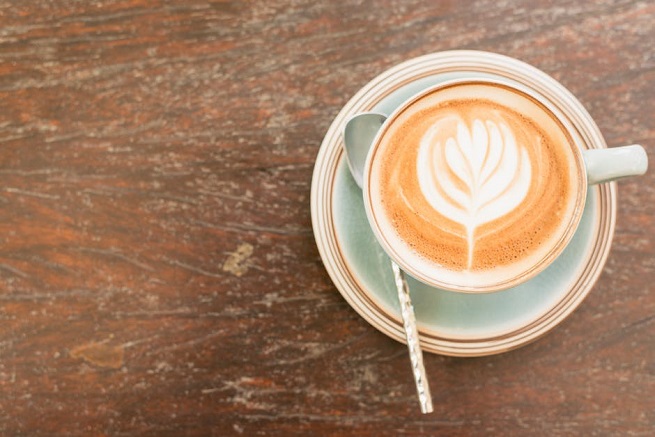
Géraldine Lepère is the founder of Comme une Française, where she delivers French language and culture lessons to expats, visitors, and worldwide francophiles.
So you’re in France and you don’t want to feel like a tourist. As you enter a nice café, like the Café de la Paix on the Place de l’Opéra in Paris, you’d like to be seen as more than a typical foreigner, travelling here to check off the city from your “To-See” list.
Maybe you’ve been learning French for a few months or years, and you want to use your skills. Maybe you want to impress a friend (or a date). Or maybe, you just want to get the best service from the waiter. Whatever the case, don’t worry! There are shortcuts you can take to order coffee properly– in French, with the specific words and sentences a French person would use.
What shortcuts? And which kind of coffee, exactly?
Well, let’s dive in.
Dark As Night: “Just coffee”
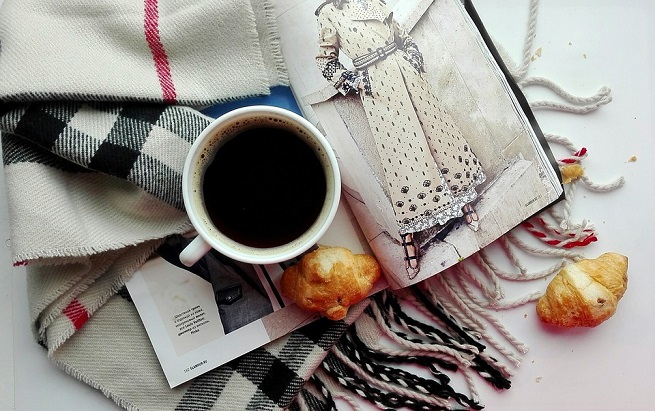
Food Magazine Croissant Coffee Dessert Drinks
The main piece of advice for any traveller in France is to always say “Bonjour” (= “Hello”) or “Bonsoir” (= Good evening) to anyone you talk to for the first time of the day. In that case: the waiter / barista / bartender.
Let’s be more specific.
“Bonjour. Un café, s’il vous plaît.”
“Hello. Coffee, please.”
This is for the plain, run-of-the mill small cup of black coffee. Ideal to get some energy while waiting for someone, or to read the newspaper in the morning before work.
“Je vais prendre un déca, s’il vous plaît.”
“I’ll have a decaffeinated coffee, please.”
Here, “Déca” stands for “un café décaféiné,” or “un décaféiné.” “Je vais prendre” (= “I’ll have”) is a French way to order something. You can use it to buy your baguette at the boulangerie too!
“Je voudrais deux expressos, merci.”
“I’d like two espressos, thanks.”
“Je voudrais” (= “I’d like”) uses the conditional. It’s also a very common way to ask for something in any shop. It’s affirmative without feeling like an order.
“Pour moi, ce sera un américain.”
“I’ll have a big cup of coffee.”
“Un américain” (= “an Americano” or “a long black”) is also called “un café allongé.” It’s an espresso with more water or in other words, a big cup of coffee. “Pour moi” means “for me,” and is useful when you order after someone else, for instance.

Café allongé or Americano
For any kind of coffee, you can drink it “au comptoir” (= “at the counter”) or “à la table” (= “at a table”), depending on the café you’re at. Sometimes you might hear the barista tell you “J’arrive” (= “I’ll be there soon”) or “Je vous l’apporte” (= “I’ll bring it to you.”) This means you can sit at a table and wait for them to bring you the cup.
Géraldine’s tip: remember to always add a nice “s’il vous plaît” and “merci” whenever it’s possible.
In Black and White: Coffee With Milk
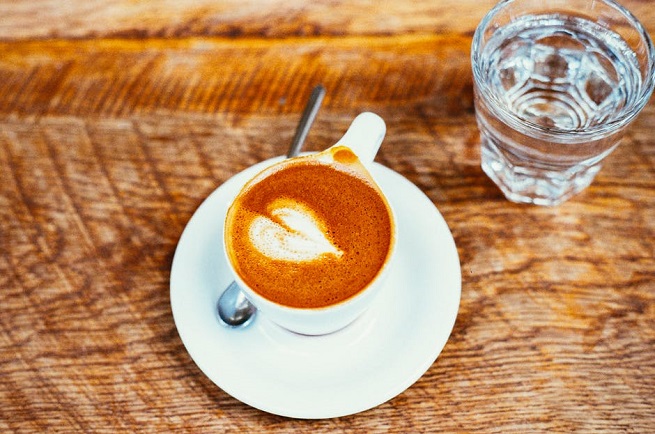
“J’aimerais un noisette et un verre d’eau, s’il vous plaît.”
“I’d like a small hazelnut and a glass of water, please.”
“Une noisette” is a hazelnut. “Un noisette” or “un café noisette” is the cute French name for an espresso with “un peu de lait” (= “a little milk”.) You can also notice the conditional in “J’aimerais” (= “I’d like”)
“Un cappucino, s’il vous plaît.”
“Pareil, merci.”
“A cappucino, please.”
“Same thing for me, thanks.”
If you’re with someone else, you can order something different with “Pour moi, ce sera…” as we’ve seen before. But if you want to order the same coffee, you can just add “Pareil” (= “Same”) or “Moi aussi, merci” (= “Me too, thanks.”)
“Vous pouvez me servir un café crème, s’il vous plaît ? Merci.”
“Can you pour me a coffee with cream, please? Thanks.”
This is a longer, wordier way to ask for something. Don’t forget, you can mix and match these sentences. “Un café crème” (or “un crème”) is a coffee with cream or milk, more so than in “un café noisette.”
Géraldine’s tip : Warning! Don’t ask for “un café au lait.” It means “coffee with milk,” but it’s only used for coffee at home, in a big bowl for breakfast for instance. It’s not something you should ask for in a café!
French Elegance: Gourmet Coffee
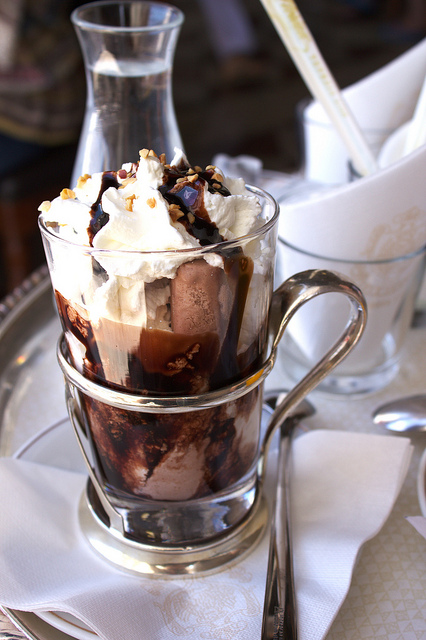
photo: Jeremy Couture
Whether you’re having a nice time and you want a coffee that matches it, or you’re in a bad mood and you want something to cheer you up, you can never go wrong by ordering:
“Un café liégeois, s’il vous plaît.”
“Le même pour moi, merci !”
“Café liégeois” is a cold dessert, made of ice-cream and coffee sauce, that we eat with a spoon. It’s delicious, but I love its close cousin even more: “le chocolat liégeois,” where coffee is replaced by chocolate!
“Le même pour moi” is yet another way to say “The same one for me as well, please.”
“Et un café gourmand pour moi, s’il vous plaît. Merci beaucoup!”
“Café gourmand” is a fun dessert: it’s a cup of coffee surrounded by tiny “pâtisseries” (= “pastries”) on the side, that we call “des mignardises.” It’s delicious, and it’s a great way to try several different pastries at once. It’s perfect for “le goûter,” the small French snack of the afternoon around 4pm.
Herbs & Cocoa: Bonus Round
You’re in a café but you don’t have to order “un café!” For instance, you can also ask:
“Vous avez du thé?”
“Do you have some tea?”
You can ask for “un thé vert / thé à la menthe / thé vert à la menthe” (= “mint tea”), or even “une tisane” / “une infusion” ( = “herbal tea”) in the afternoon or evening. Be careful, “thé aux herbes” doesn’t exist in French!
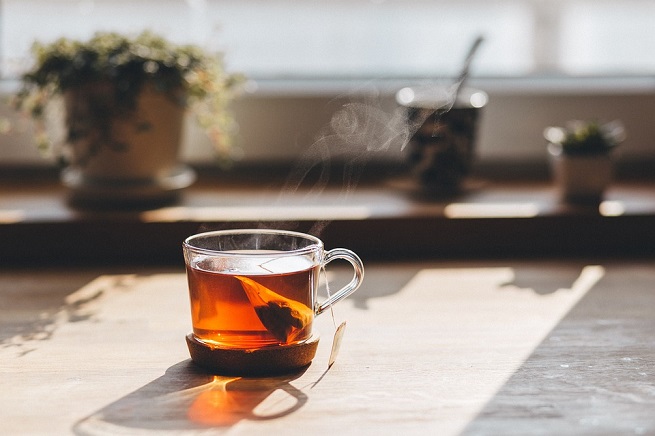
You could also try for “un chocolat chaud” (= “hot chocolate”), “une menthe à l’eau” (= “a mint cordial”) or “une grenadine” (= “mineral water with grenadine syrup”)… or even “une bière pression” (= “beer on tap”) or “un cocktail” (= “a cocktail”)!
To drink with moderation. Except for the hot chocolate, of course!
Two more things to finish:
– Remember: don’t forget the “Bonjour,” “S’il vous plaît,” and “Merci!”
– If the waiter thinks you’re a real local and starts talking to you about local sport teams, just nod and smile.
And now you’re ready to get coffee just like a French native! Bonne chance!
Share to: Facebook Twitter LinkedIn Email
Leave a reply
Your email address will not be published. Required fields are marked *




REPLY